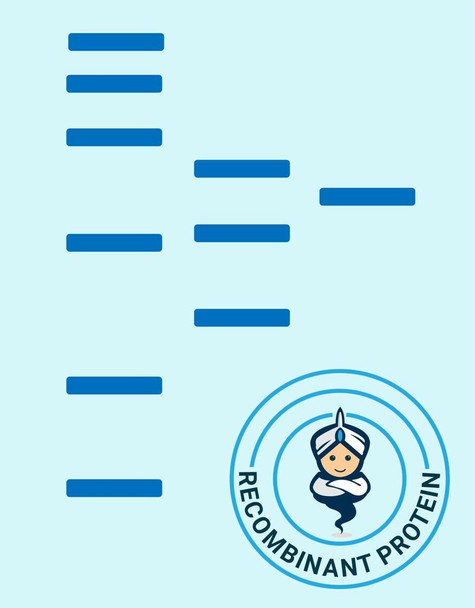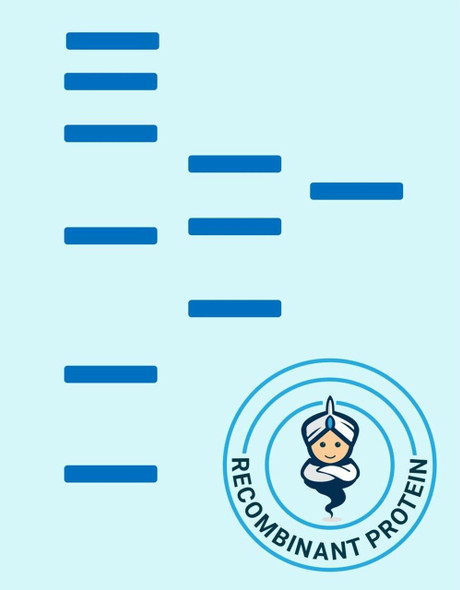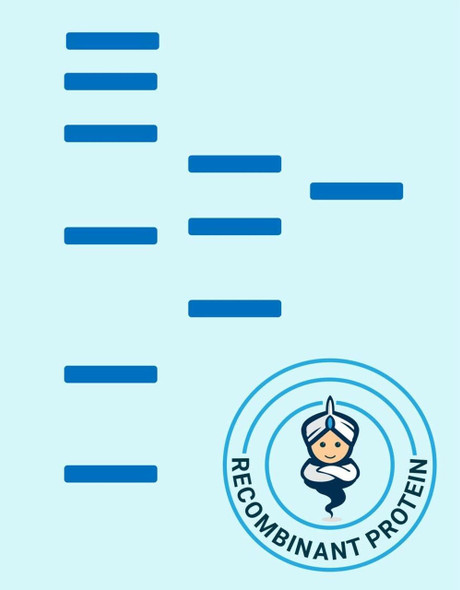Since April 2012, cases of the Middle East Respiratory Syndrome Coronavirus (MERS-CoV) have been identified in the following countries: Saudi Arabia, Qatar, Jordan, the United Arab Emirates, Oman, Kuwait, Yemen, Lebanon, Iran, Algeria, the United Kingdom, France, Italy, Greece, Germany, the Netherlands, Austria, Tunisia, Egypt, Malaysia, Turkey and the United States of America. Coronaviruses are the cause of the common cold, SARS (severe acute respiratory syndrome) and other severe illnesses with high mortality rates, all are classified into coronavirus family. MERS-CoV is a new type of SARS found in the coronavirus family causing severe pneumonia with sudden and serious respiratory illness with high mortality rates as well. Since January 27th 2015, the WHO has reported 956 human cases, including 351 deaths. More cases of the new coronavirus strain are expected. Like in other coronaviruses, large surface spike glycoprotein is a central structural protein of this virus; it is located above the virion surface to bind and enter into the target cell. Spike protein has 2 domains- S1 and S2. The S1 domain is responsible for cellular tropism and interaction with target cell, while the S2 domain is responsible for membrane fusion. The C-terminal of S1 domain contains a receptor binding domain, and is also a potential target for vaccine development and an antigen for diagnosis.
Recombinant SARS MERS Spike S1 is a peptide from amino acids 367-606 of�spike protein S1 produced in E. coli and fused to a 6xHis tag at its C-terminus (UniProt accession #AHC74088).SARS MERS is purified by a proprietary chromatographic technique.�






